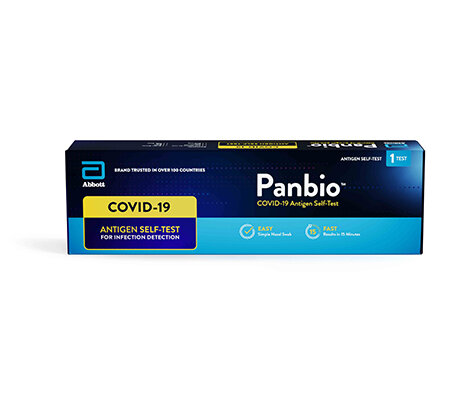Blood Gases Analyses Reevaluated for Cord Blood
By LabMedica International staff writers
Posted on 25 Oct 2010
Cord blood arterial and venous reference ranges for acidity or alkalinity (pH), partial pressure of oxygen (pO2), and partial pressure of carbon dioxide (pCO2) in newborns has been reevaluated.Posted on 25 Oct 2010
The blood gases and pH were measured in the cord blood of newborns, who were delivered either by spontaneous vaginal delivery (SVD) or by cesarean section (CS).
Cord blood samples were analyzed for standard blood gas and pH, using the analytical device Rapid Lab 845 and Rapid Lab 865 (Siemens Medical Diagnostics; Bayer, Tarrytown, NY, USA).
In a study carried out at the Charles University (Prague, Czech Republic), two groups of newborns, group I consisted of 303 delivered with SVD and group II consisted of 189 infants delivered by cesarean section.
The results of cord blood from SVD newborns: arterial cord blood: pH = 7.01-7.39; pCO2 = 4.12 kPa - 11.45 kPa; pO2 = 1.49 kPa - 5.06 kPa; venous cord blood: pH = 7.06-7.44; pCO2 = 3.33 kPa - 9.85 kPa; pO2=1.80 kPa - 6.29 kPa. Reference values for cord blood in newborns delivered by CS were: arterial cord blood: pH = 7.05-7.39; pCO2 = 5.01 kPa - 10.60 kPa; pO2 = 1.17 kPa - 5.94 kPa; venous cord blood: pH =7.10–7.42; pCO2 = 3.88 kPa - 9.36 kPa; pO2 = 1.98 kPa - 7.23 kPa.
The authors stated that pH values lower than 7.0 are considered with high-risk incidence of complications. The association between umbilical arterial acidosis and adverse neurological events in infants is characterized with arterial pH <7.20. Neonatal death was much more likely when the pH <7.05 and when unexplained events became more likely, the pH was <7.00. It was recommended that the value for defining pathological acidemia is pH <7.00. It was found that hypoxic–ischemic encephalopathy occurred in 12% of infants with pH <7.00, 33 % with pH <6.9, 60% with pH <6.8, and 80 % with pH <6.7.
In mothers ventilated with 100% O2 during CS, the upper 95% confidence level for umbilical arterial pO2 was 4.9 kPa. These data indicated that cord arterial samples with pO2 greater than 5.0 kPa are likely to have been affected by the presence of an air bubble contamination in the specimen. Because CO2 content of air is very low, this can be accompanied by lowering the pCO2 followed by a large rise in pH, with consequent risk of misinterpretation. Maternal hyperventilation lowers fetal pO2.
The study was published on September 20, 2010 in the Journal of Clinical Laboratory Analysis.
Related Links:
Siemens Medical Diagnostics
Charles University













